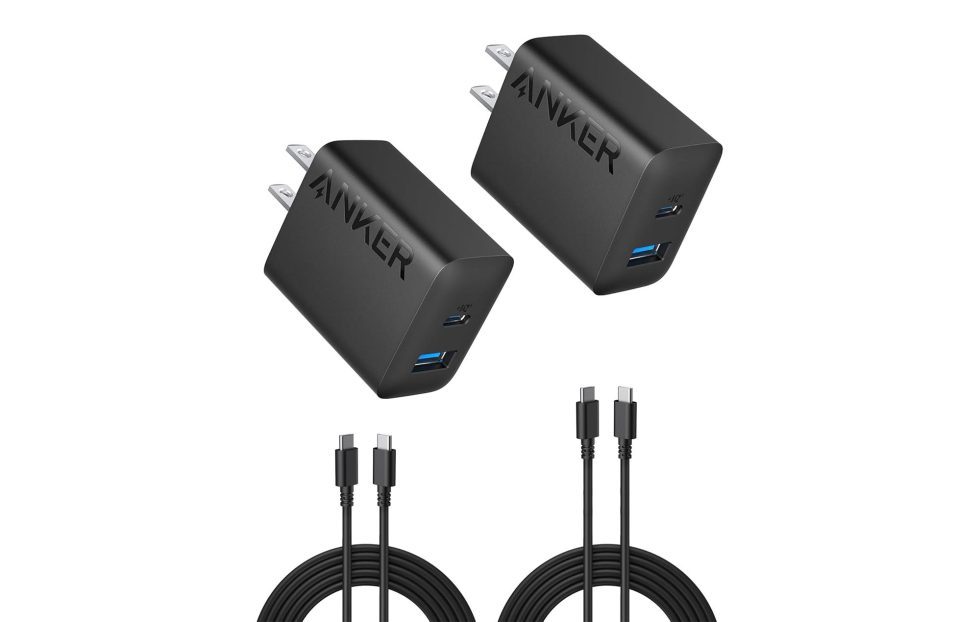How Manus AI is Redefining Autonomous Workflow Automation Across Industries
China has made significant advancements in Artificial Intelligence (AI) in recent years, and one of the most notable developments is Manus AI. Launched in March 2025 by Butterfly Effect, with backing from Tencent, Manus aims to transform industries by autonomously automating complex tasks. From coding to financial analysis, this AI agent is designed to operate […] The post How Manus AI is Redefining Autonomous Workflow Automation Across Industries appeared first on Unite.AI.


China has made significant advancements in Artificial Intelligence (AI) in recent years, and one of the most notable developments is Manus AI. Launched in March 2025 by Butterfly Effect, with backing from Tencent, Manus aims to transform industries by autonomously automating complex tasks.
From coding to financial analysis, this AI agent is designed to operate with minimal human intervention. While Manus shows great potential, it also has its limitations. Understanding its capabilities, limitations, and areas for improvement is essential to grasping the role it could play in the future of AI.
What is Manus AI?
Manus AI is a cutting-edge autonomous agent developed by the Chinese startup known as Butterfly Effect AI. Unlike traditional AI assistants, which typically rely on step-by-step instructions or focus on specific tasks, Manus is capable of handling complex, real-world workflows with minimal human input. It can take on a variety of tasks, from writing code and generating financial reports to planning travel itineraries and analyzing large datasets, all while operating in the background, even when the user is offline.
What sets Manus apart is its ability to break down complex tasks into structured workflows, plan and execute each step, and adapt its approach based on user objectives. It employs a multi-model architecture, integrating advanced language models, such as Anthropic’s Claude 3.5 Sonnet and Alibaba’s Qwen, along with custom automation scripts. This enables Manus to process and generate different types of data, such as text, images, and code, and interact directly with external tools like web browsers, code editors, and APIs, making it a highly versatile tool for developers and businesses alike. Manus also has adaptive learning capabilities that enable it to remember previous interactions and user preferences. This helps improve its performance over time, delivering more personalized and efficient results. With its asynchronous, cloud-based operation, Manus can continue executing tasks even when users are offline.
The rapid growth of its Discord community and viral demo video highlights the excitement and strong demand for Manus in the tech world. Overall, Manus AI is undergoing a significant advancement in autonomous AI. It moves beyond simple chatbots to become a digital worker capable of independently managing entire workflows.
The Technical Architecture of Manus AI
Manus AI employs a complex architecture that integrates multiple advanced AI models and orchestration layers to enable efficient, multi-step task automation. Unlike a traditional AI model, Manus functions as a comprehensive system, coordinating a variety of cutting-edge AI technologies, custom tools, and execution environments to handle complex workflows effectively.
Multi-Model Orchestration
Manus uses a multi-model approach, integrating top Large Language Models (LLMs) like Anthropic’s Claude 3.5 Sonnet and Alibaba’s Qwen. This enables Manus to dynamically select and combine model outputs based on the requirements of each task. The orchestration layer acts as a central controller, breaking down complex requests into smaller, manageable tasks, assigning them to the most appropriate model, and synthesizing the results into a cohesive workflow.
CodeAct Paradigm and Tool Integration
A key innovation in Manus is the CodeAct paradigm. Instead of just generating text responses, Manus creates executable Python code snippets as part of its process. These code actions are run in a secure, sandboxed environment, enabling Manus to interact with external systems such as APIs, web browsers, databases, and even system tools. This makes Manus from being just a conversational assistant to a digital agent capable of handling real-world tasks, such as scraping Web data, generating reports, or deploying software.
Autonomous Planning, Memory, and Feedback Loops
Manus includes an autonomous planning module that breaks down high-level goals into a series of steps. It also has both short-term and long-term memory, often stored in vector databases and using Retrieval Augmented Generation (RAG) to remember user preferences, previous outputs, and relevant documents. This memory helps Manus maintain accuracy and continuity across different sessions and tasks.
A built-in feedback loop is also part of the system. After each action, Manus reviews the results, adjusts its plan if needed, and repeats the process until the task is completed or stopped. This feedback loop allows Manus to adapt to unexpected outcomes or errors, making it more resilient in complex situations.
Security, Sandboxing, and Governance
Since Manus can execute code and interact with external systems, security is a top priority. It runs all code actions in isolated, sandboxed environments to prevent unauthorized access or potential system breaches. Strict governance rules and prompt engineering are also in place to make sure Manus complies with safety standards and user-defined policies.
Scalability and Cloud-Native Design
Manus is designed to work in the cloud, allowing it to scale horizontally across distributed systems. This design ensures Manus can handle many users and complex tasks simultaneously without slowing down. However, as reported by users, system stability during peak usage is still an area being optimized for better performance.
Real-World Applications
Manus AI has the potential to transform industries like finance, healthcare, logistics, and software development by automating complex workflows with minimal human intervention.
In the finance sector, Manus AI can potentially assist with tasks like risk analysis, fraud detection, and generating financial reports. By processing large datasets in real-time, it could help financial analysts identify trends and make informed decisions about investments, market risks, and portfolio management.
In healthcare, Manus AI could be used for analyzing patient data, identifying patterns, and suggesting treatment plans. It holds the potential to propose personalized healthcare options based on a patient’s medical history, which could play a role in improving patient care and assisting with medical research.
In logistics, Manus AI may optimize supply chain management, schedule deliveries, and predict potential disruptions. By adjusting delivery schedules based on real-time traffic data, it could help minimize delays and improve operational efficiency.
For software development, Manus AI can autonomously write code, debug, and create applications. This would enable developers to automate repetitive tasks, allowing them to focus on higher-level problem-solving. Manus could also generate reports and documentation to further streamline the development process.
What sets Manus AI apart is its potential to handle entire workflows autonomously. With the ability to break down complex tasks, plan each step, and execute them independently, Manus AI could function as a collaborator rather than just an assistant, reducing the need for constant human supervision.
Impressive Performance, But Not Without Limitations
Manus AI has quickly gained attention in the field of autonomous agents demonstrating impressive performance since its launch. According to the GAIA benchmark, Manus outperforms OpenAI’s Deep Research across all levels of task complexity. It scored 86.5% on basic tasks, 70.1% on intermediate tasks, and 57.7% on complex tasks, compared to Deep Research’s 74.3%, 69.1%, and 47.6% in the same categories.
Early user experiences also highlight Manus's ability to autonomously plan, execute, and refine multi-step workflows with minimal human input. This makes Manus particularly appealing to developers and businesses looking for reliable automation for complex tasks.
However, Manus still faces several challenges. Users have reported system instability, including crashes and server overloads, particularly when the AI is tasked with managing multiple or complex operations. There are also cases where Manus gets stuck in repetitive loops or fails to complete specific tasks, which require human intervention. Such issues can affect productivity, especially in high-pressure or time-sensitive environments.
Another concern is Manus’s reliance on existing models like Anthropic’s Claude and Alibaba’s Qwen. While these models contribute to Manus’s strong performance, they also raise questions about the originality of the technology. Instead of being a completely new AI, Manus often serves as an orchestrator of these models, which may limit its long-term potential for innovation.
Security and privacy are also significant concerns, particularly because Manus has access to sensitive data and can execute commands autonomously. The risk of cyberattacks or data breaches is a concern, especially considering recent controversies surrounding data sharing by some Chinese AI firms. As noted by industry experts, these issues may make it more difficult for Manus to be adopted in Western markets.
Despite these challenges, Manus AI's excellent benchmark results and real-world performance, especially when compared to ChatGPT Deep Research, make it a strong contender for advanced task automation. Its ability to handle complex tasks efficiently is impressive. However, further improvements in system stability, originality, and security will be crucial for Manus to realize its full potential as a reliable, mission-critical AI.
The Bottom Line
Manus AI offers great promise in transforming how complex tasks are automated. Its ability to handle multiple tasks with minimal human input makes it a powerful tool for industries like finance, healthcare, and software development. However, there are still challenges to overcome, such as system stability, dependence on existing models, and security concerns.
As Manus continues to improve, addressing these issues will be essential to realize its full potential. If these hurdles are cleared, Manus has the chance to become a valuable asset in a wide range of fields, evolving into a reliable digital assistant for businesses and developers alike.
The post How Manus AI is Redefining Autonomous Workflow Automation Across Industries appeared first on Unite.AI.



































































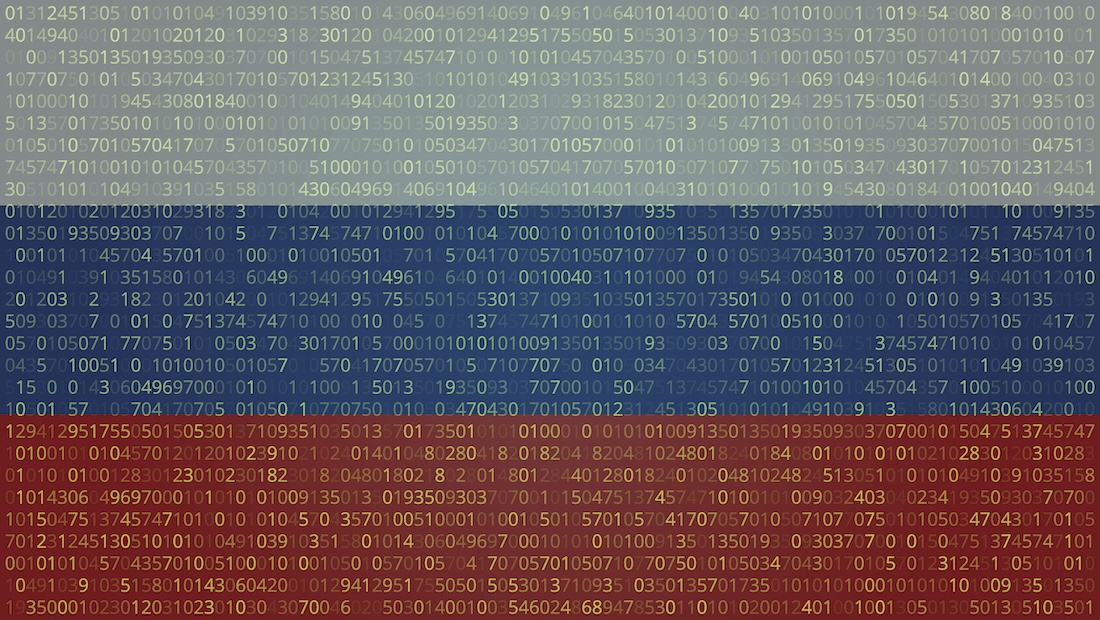



































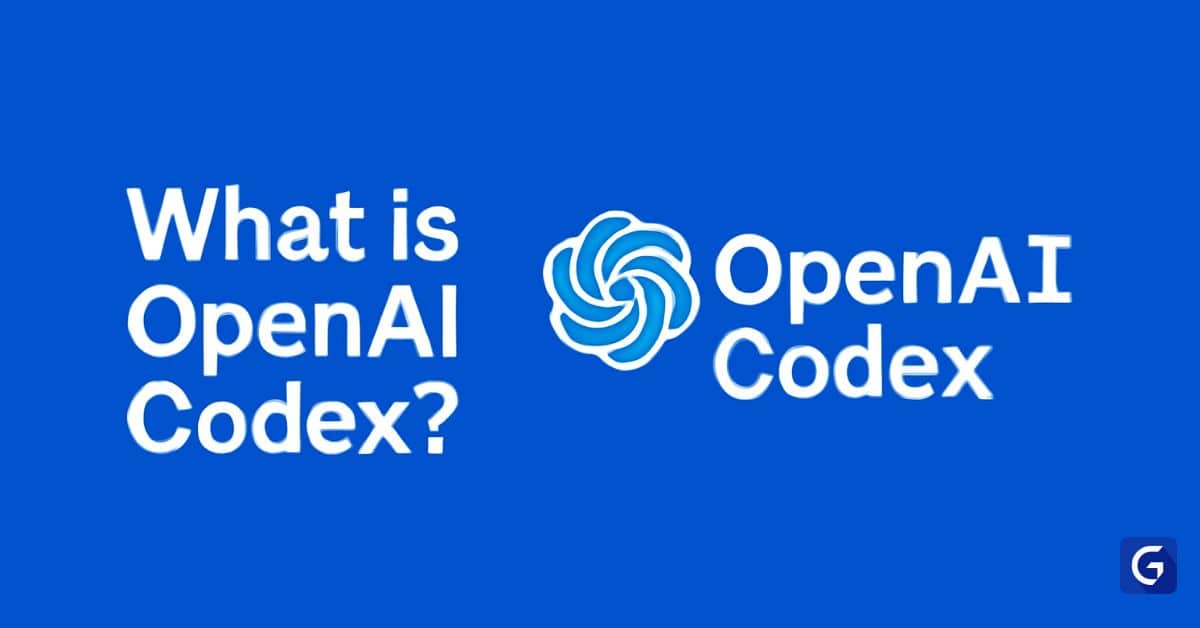





































































![[The AI Show Episode 148]: Microsoft’s Quiet AI Layoffs, US Copyright Office’s Bombshell AI Guidance, 2025 State of Marketing AI Report, and OpenAI Codex](https://www.marketingaiinstitute.com/hubfs/ep%20148%20cover%20%281%29.png)


![[The AI Show Episode 146]: Rise of “AI-First” Companies, AI Job Disruption, GPT-4o Update Gets Rolled Back, How Big Consulting Firms Use AI, and Meta AI App](https://www.marketingaiinstitute.com/hubfs/ep%20146%20cover.png)





































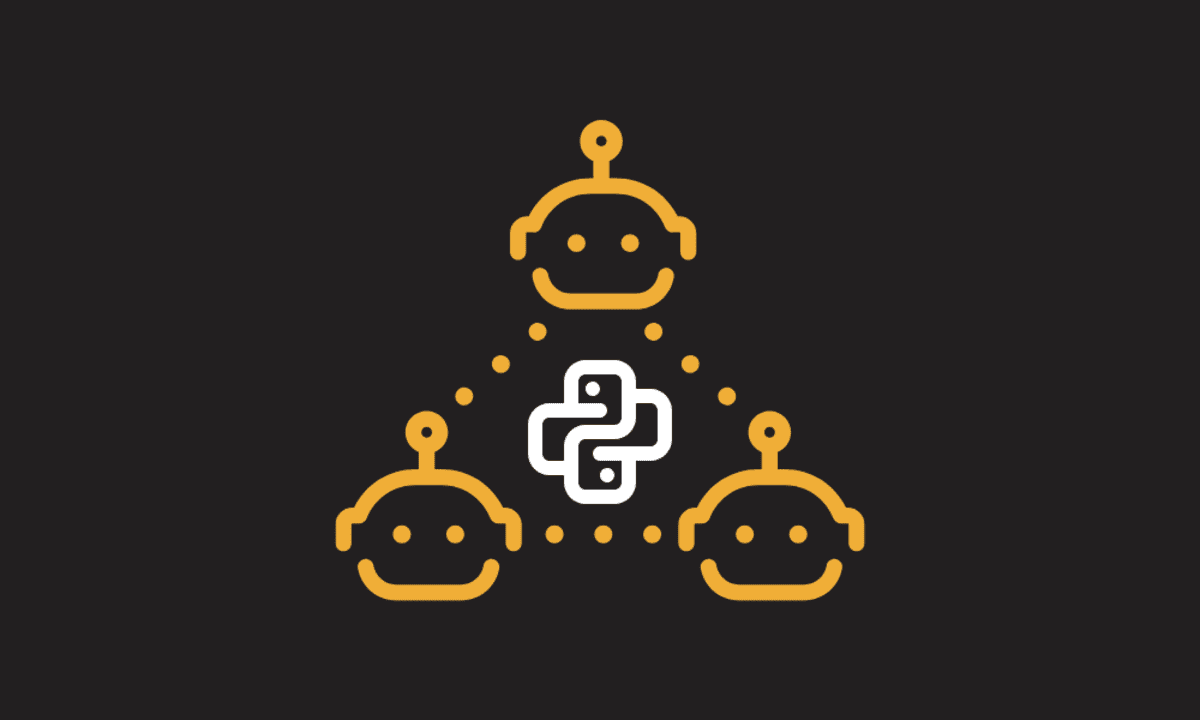






































































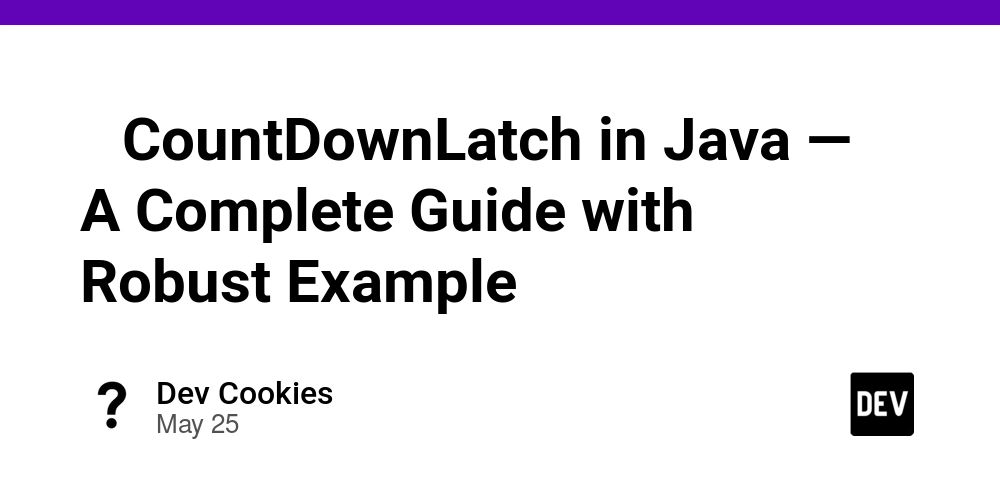
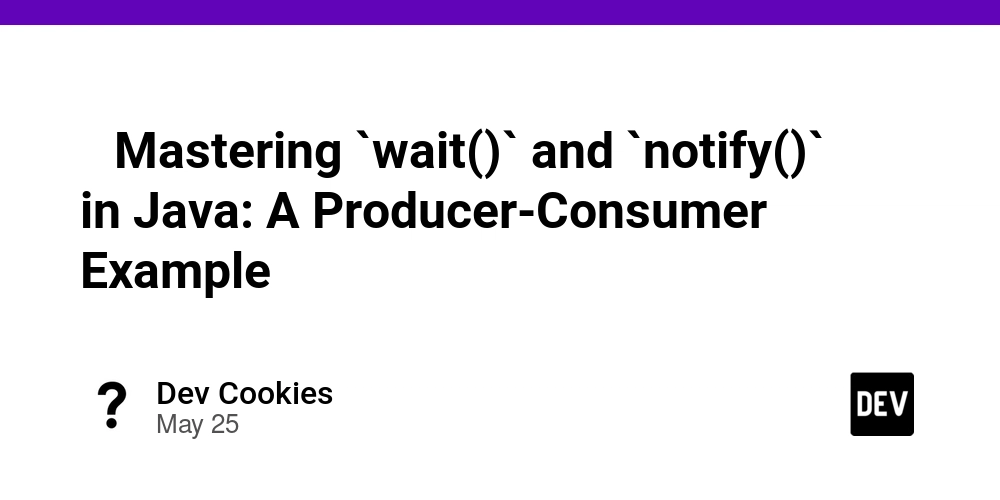











![[DEALS] AdGuard Family Plan: Lifetime Subscription (76% off) & Other Deals Up To 98% Off – Offers End Soon!](https://www.javacodegeeks.com/wp-content/uploads/2012/12/jcg-logo.jpg)





![Laid off but not afraid with X-senior Microsoft Dev MacKevin Fey [Podcast #173]](https://cdn.hashnode.com/res/hashnode/image/upload/v1747965474270/ae29dc33-4231-47b2-afd1-689b3785fb79.png?#)

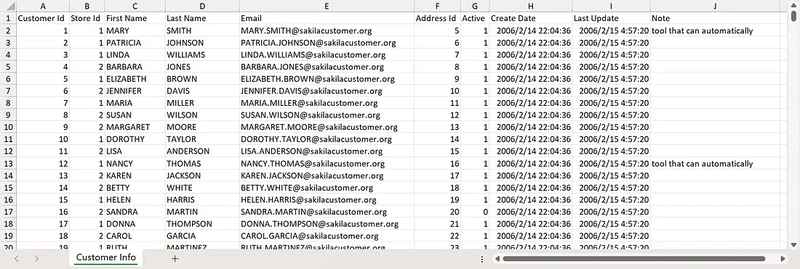












































































































.png?width=1920&height=1920&fit=bounds&quality=70&format=jpg&auto=webp#)









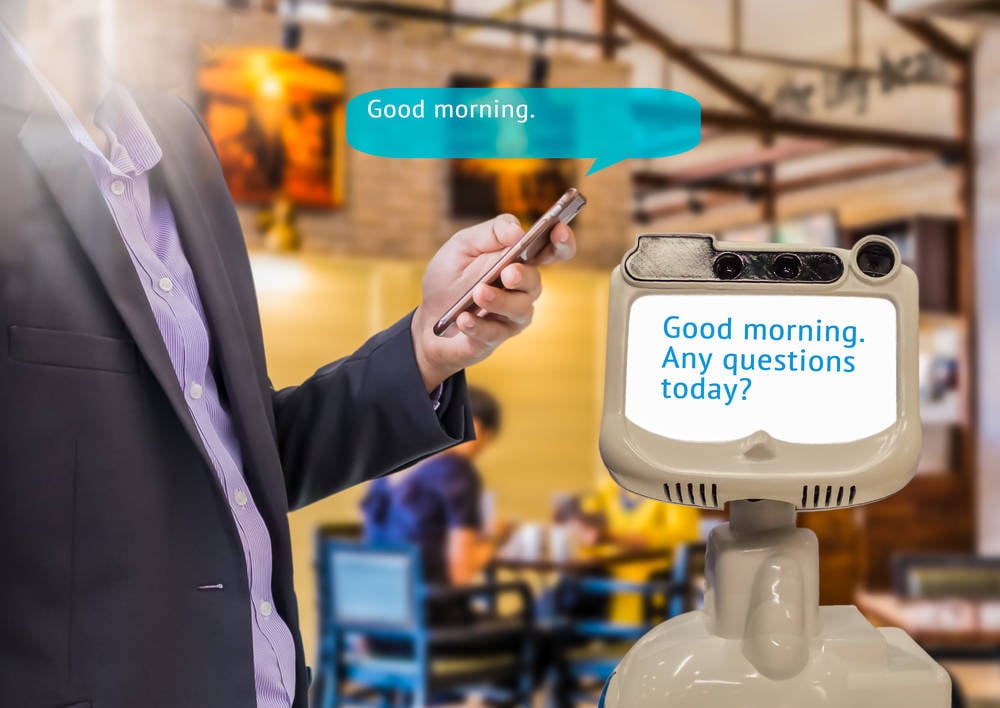













_David_Hall_-Alamy.jpg?width=1280&auto=webp&quality=80&disable=upscale#)
_Andriy_Popov_Alamy_Stock_Photo.jpg?width=1280&auto=webp&quality=80&disable=upscale#)
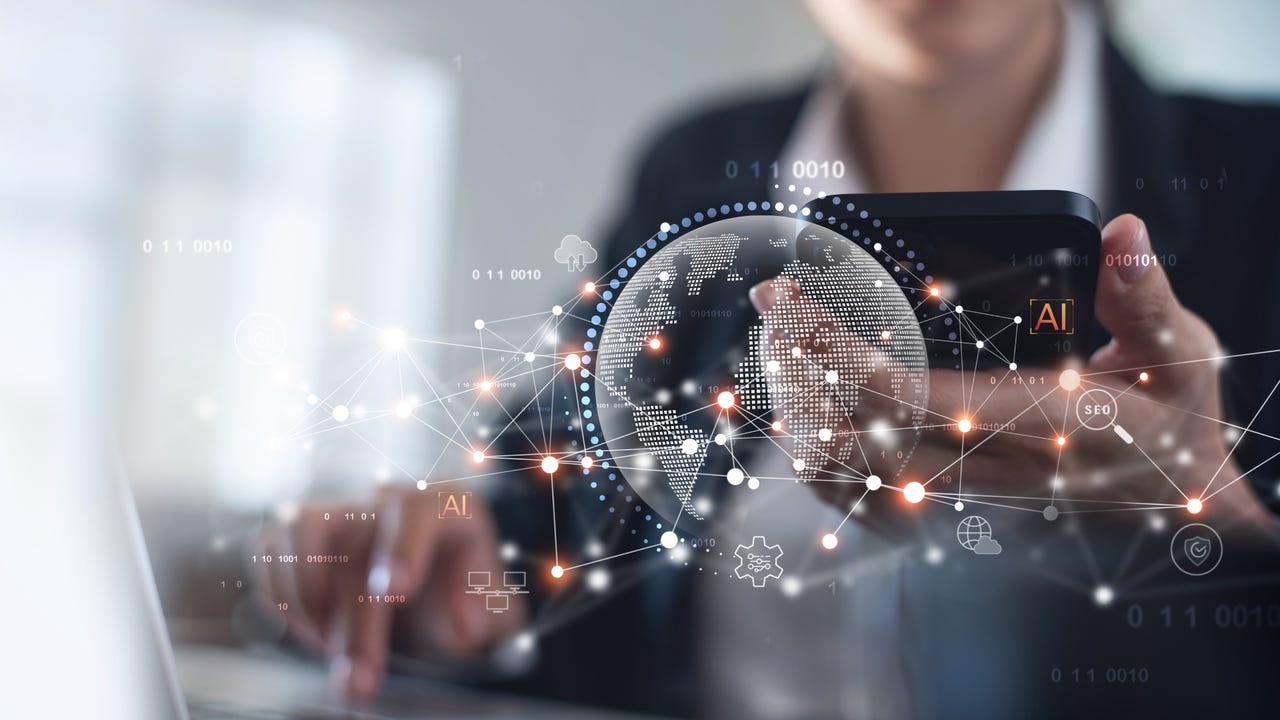








































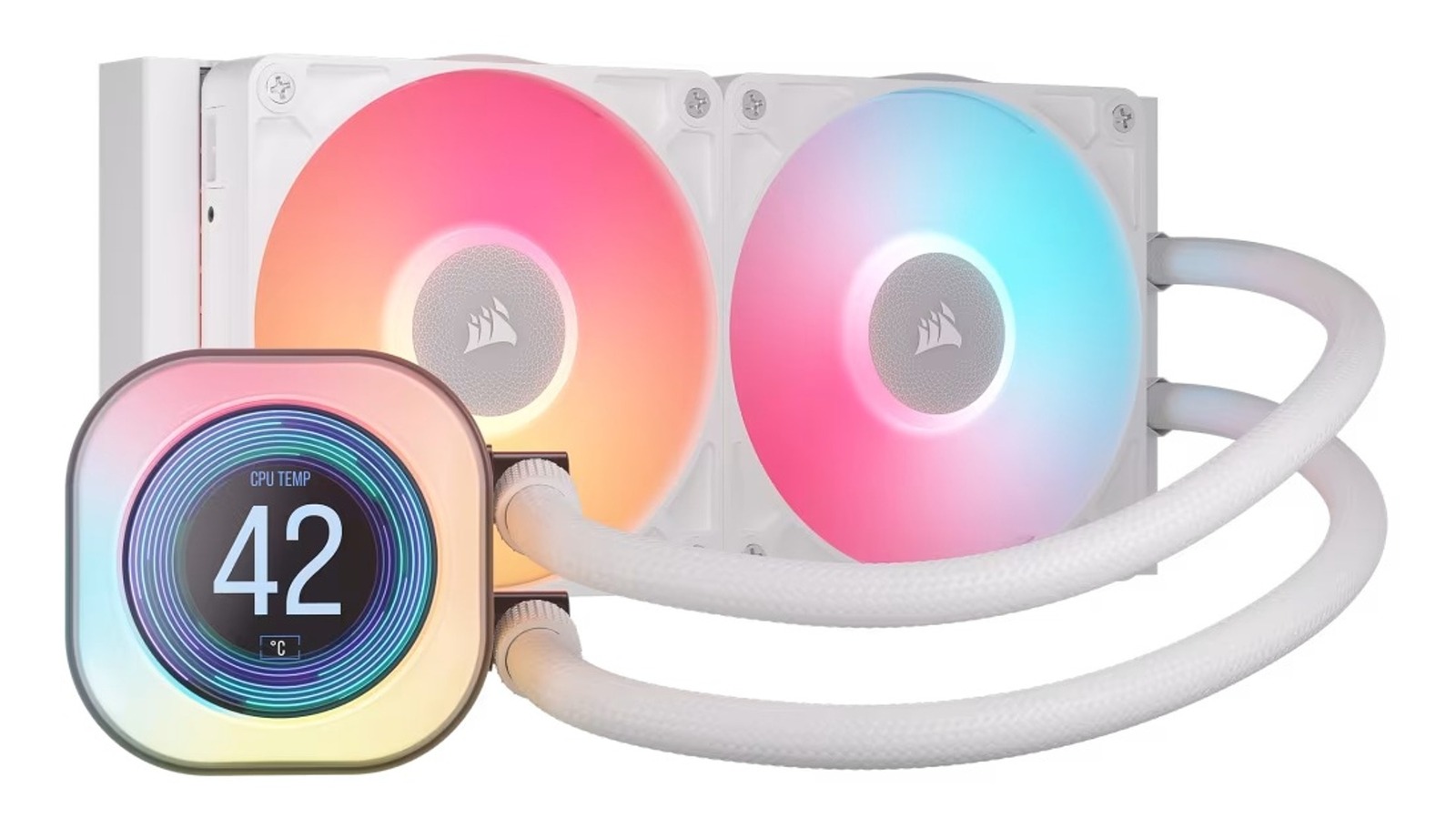








































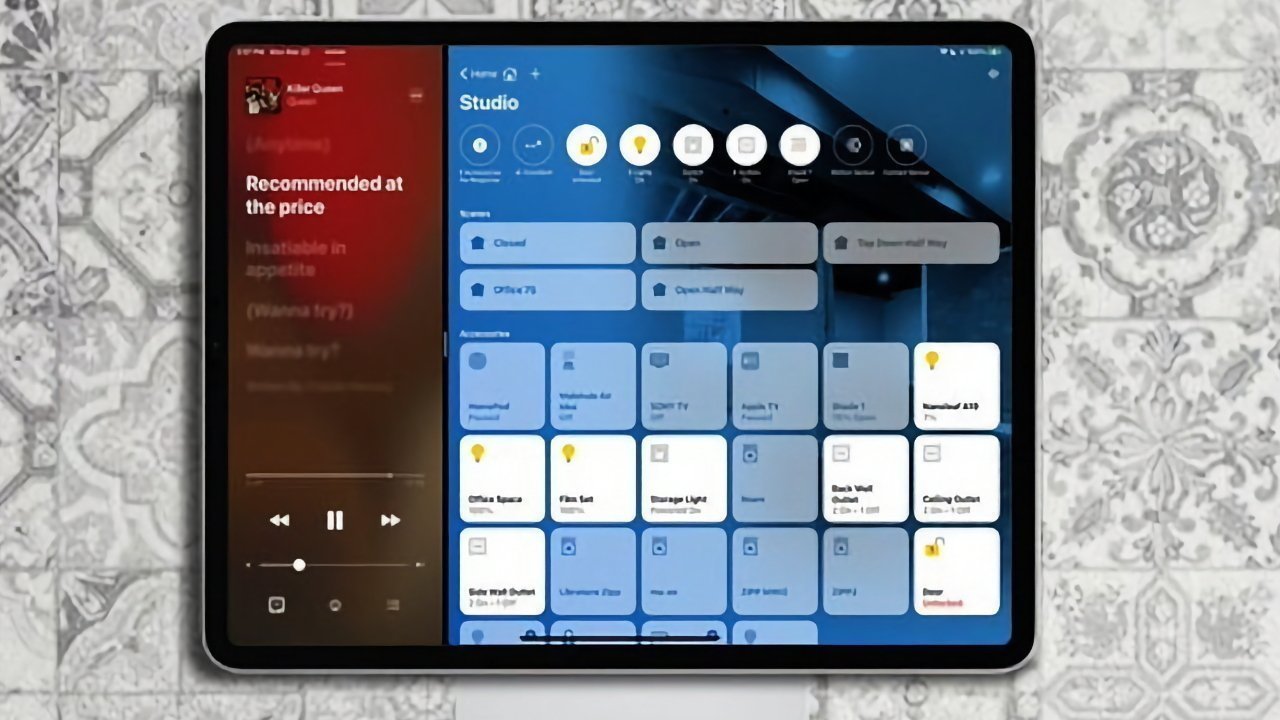



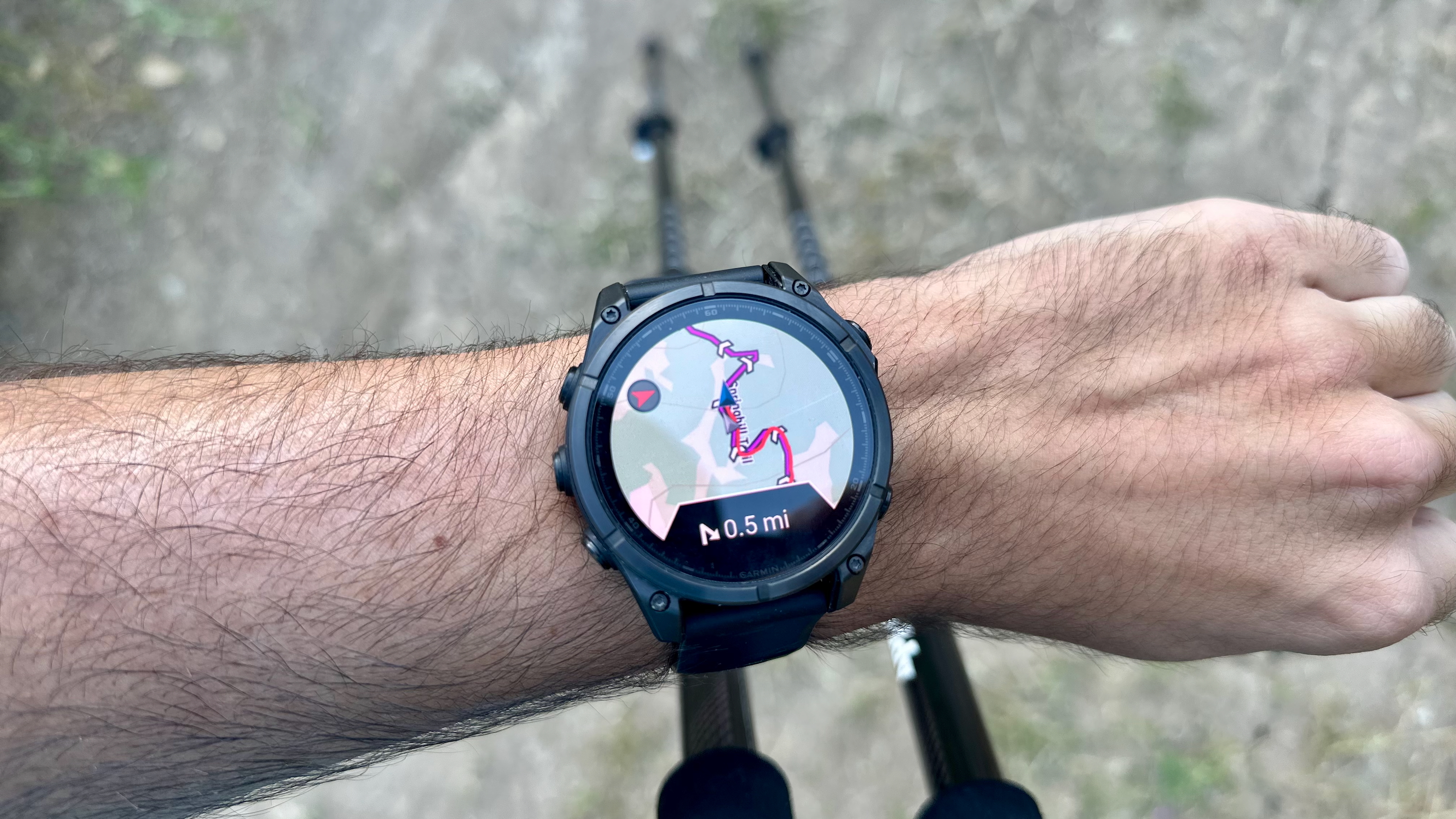
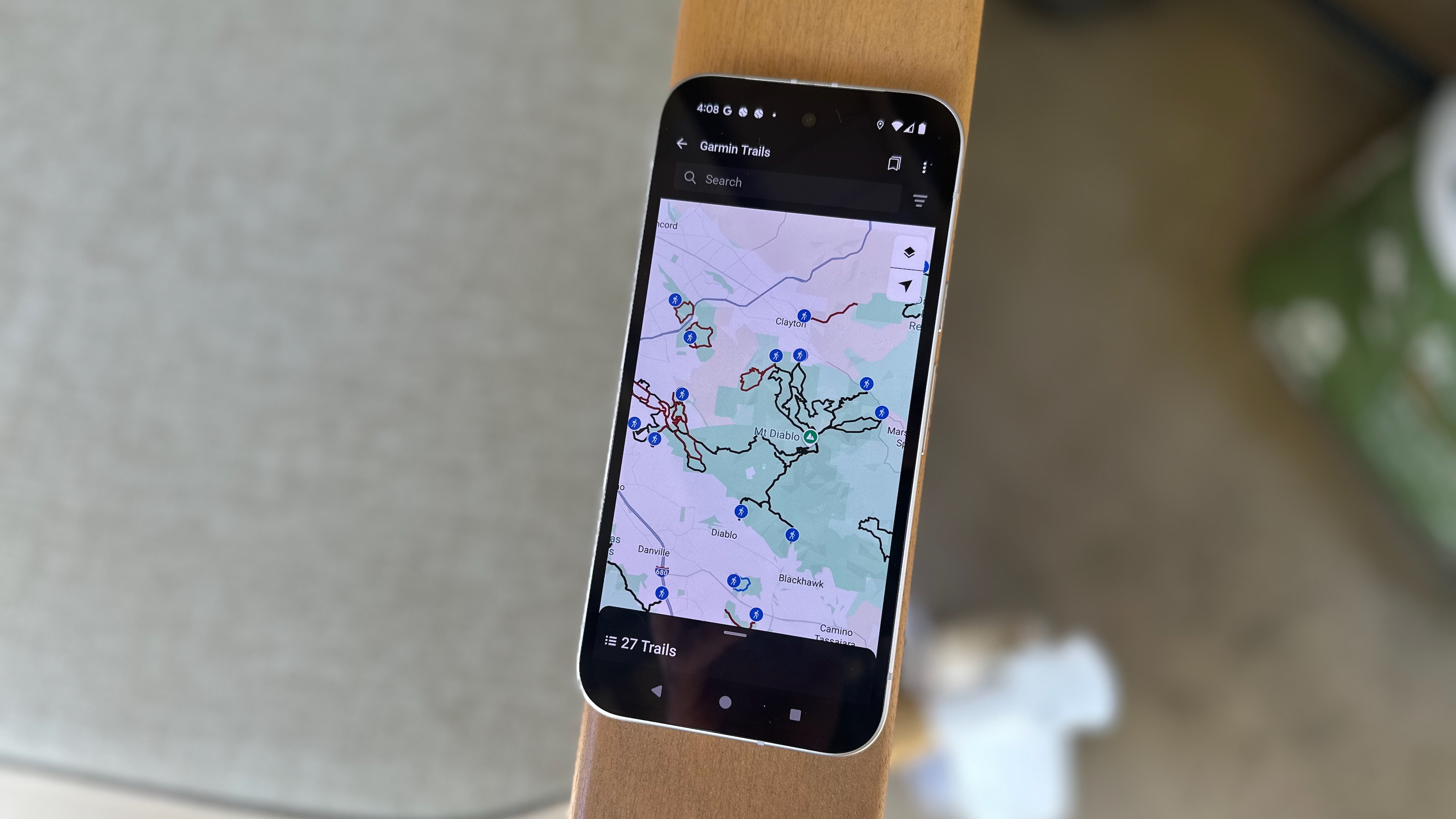
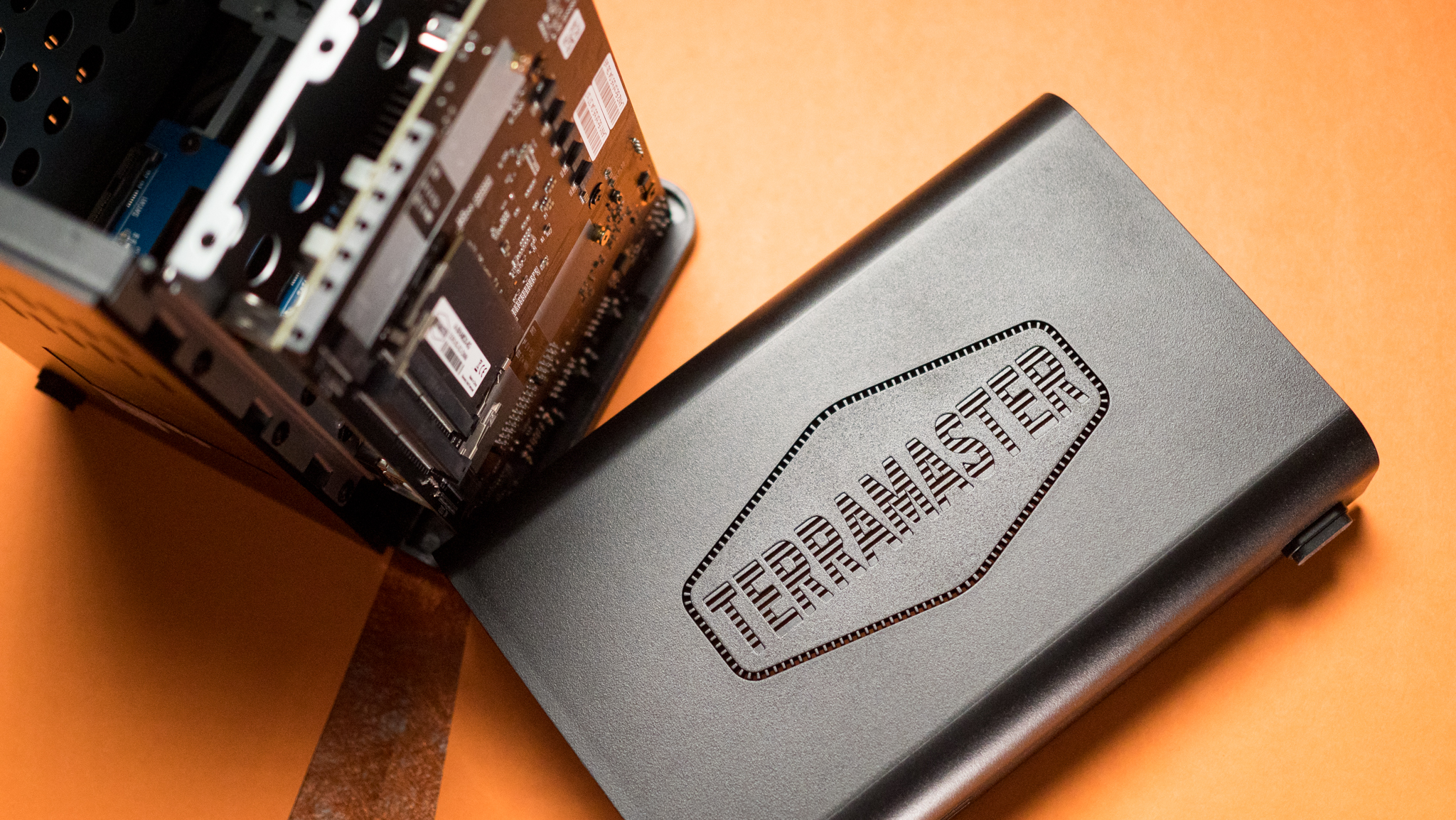








![Spotify will get a new Android Auto app ‘in the coming months’ with Jam support [Gallery]](https://i0.wp.com/9to5google.com/wp-content/uploads/sites/4/2025/05/spotify-jam-android-auto-4.jpg?resize=1200%2C628&quality=82&strip=all&ssl=1)










![Apple 15-inch M4 MacBook Air On Sale for $1049.99 [Deal]](https://www.iclarified.com/images/news/97419/97419/97419-640.jpg)
![Xiaomi Tops Wearables Market as Apple Slips to Second in Q1 2025 [Chart]](https://www.iclarified.com/images/news/97417/97417/97417-640.jpg)

























